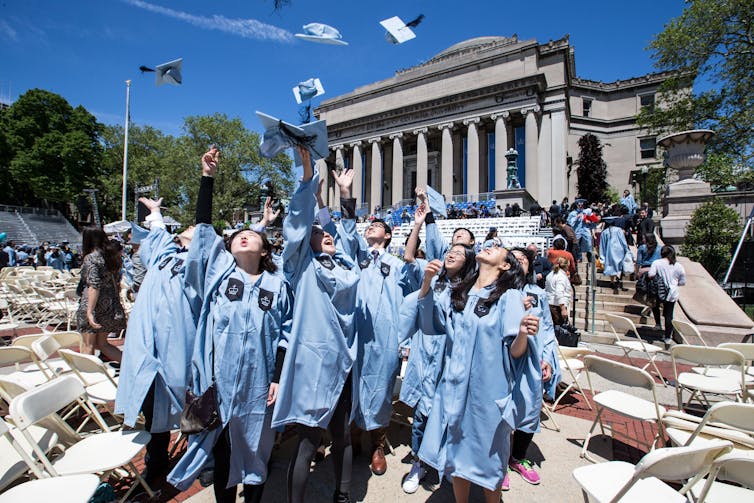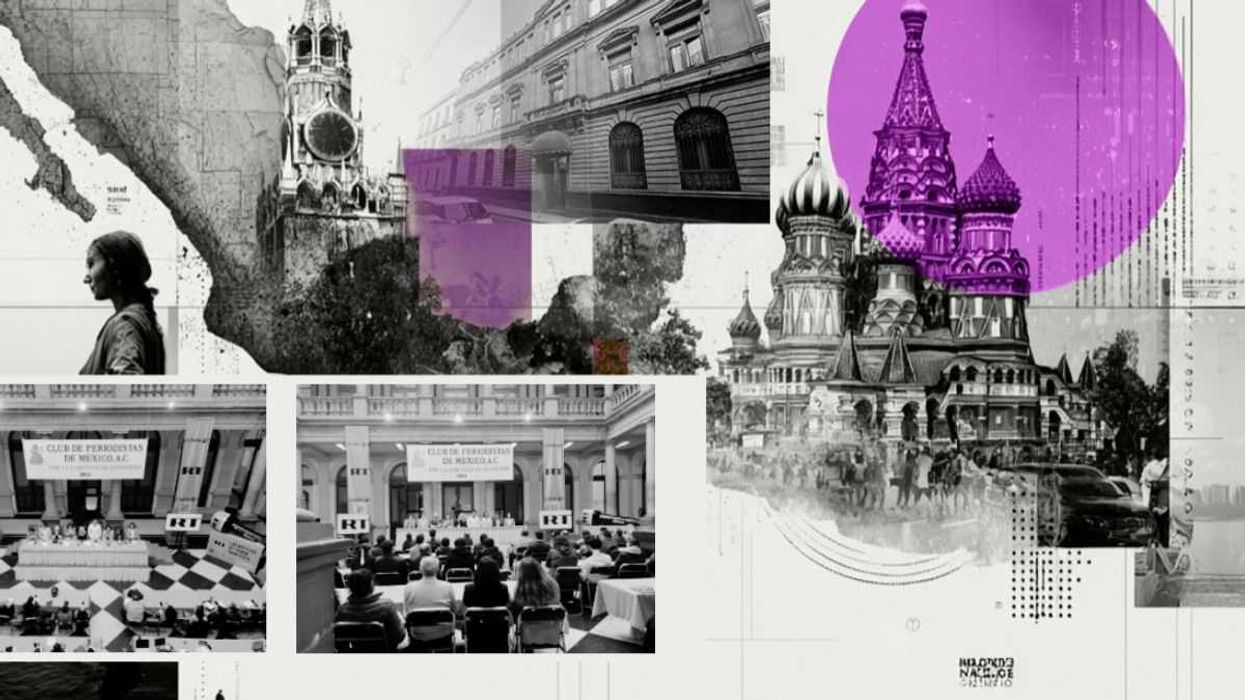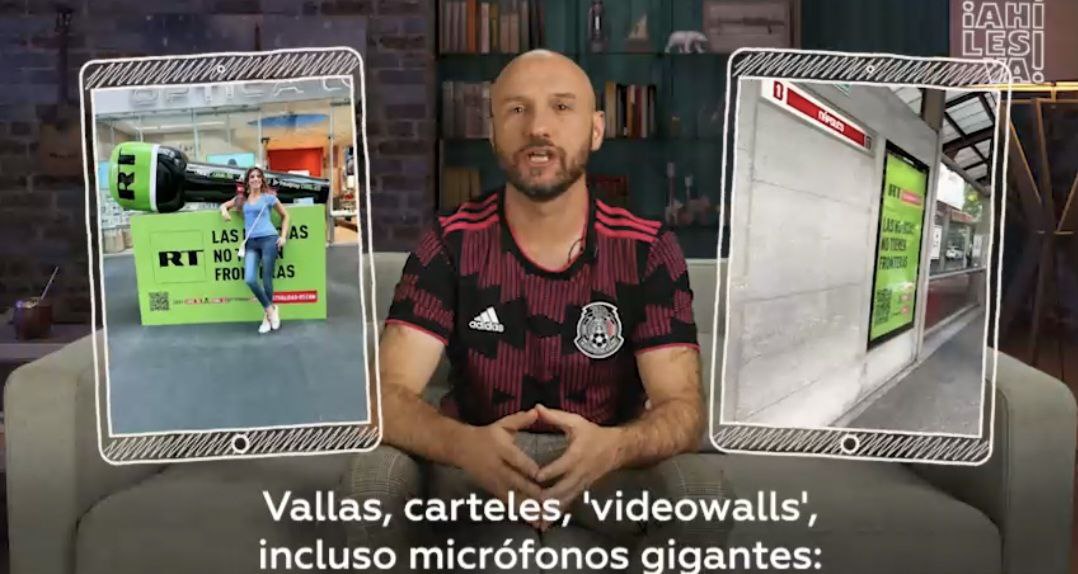The debate over how to fight disinformation in the digital age has divided leading experts and raised thorny questions about free speech and truth on the web.
Should Facebook ban political ads, as Twitter has done, or at least stop exempting politicians from its rules barring misinformation? Should social media platforms ban the "microtargeting" that allows politicians to hand pick narrow audiences while evading public scrutiny? Google recently took steps to limit microtargeting, but political players say that will just cut off small donors and hurt challengers.
Such dilemmas point to what may be the only real solution to the disinformation problem: Educating news consumers. The movement to revive civic learning has focused fresh attention on students' media literacy. But what about their parents and grandparents? Older Americans are even worse than students at distinguishing factual news from opinion news, studies have found, and are more likely to repost fraudulent stories. Yet adults have been largely left out of the push to tackle the "upstream" side of the misinformation explosion — the viewers and readers who make false stories "go viral."
That is starting to change. The News Literacy Project, whose digital Checkology curriculum now reaches educators in every state and in 110 countries, is rolling out today a new tool specifically aimed at both students and adults. The group's new mobile app, Informable, trains users how to sort truth from fiction with games that develop fact-checking and other news literacy skills. The app enables the group to expand "beyond the classroom" to reach the general public, NLP announced Monday.
"Unless we give the public the tools to be more discerning consumers and sharers of news and information, we're not going to be able to address the misinformation pandemic that threatens to undermine the country's civic life and our democracy," said NLP Founder and CEO Alan Miller.
Miller noted that all the tools that NLP offers students are also educational for adults. These include the virtual Checkology classroom; a weekly newsletter, The Sift, that turns the most recent viral rumors, hoaxes and conspiracy theories into timely lessons; and online "Get Smart About the News" quizzes and activities that aim to boost news literacy.
Media industry advocates tackling misinformation in politics, including election interference by Russia and other foreign adversaries, cite news consumers as a critical line of defense. PEN America, which champions freedom of expression for writers, has cautioned tech companies against limiting free expression — though the group opposesFacebook's laissez faire stance on political ads.
"Empowering corporations or government as the leaders in solving this problem risks making them the arbiters of truth," argues a March PEN America report titled "Truth on the Ballot." "Instead, that role must lie with the individual who will make the ultimate decision about what to believe or not believe, what to share or not to share."
PEN America's "News Consumers' Bill of Rights and Responsibilities" spells out obligations for the media industry, such as ethical guidelines and prompt corrections, but argues that viewers and readers have duties, too. These include seeking news from a variety of viewpoints, investigating the source and credibility of information, refraining from reposting or spreading false information, and reporting misinformation to platforms that carry it.
Mainstream news outlets can also help by giving readers a better sense of who they are and how they do their work, as The New York Times has done with its "Understanding the Times" series. Such explainers can help restore trust at a time when Americans are increasingly muddled by the growing gap between mainstream news coverage and the alternate reality occupied by conservative media.
Impeachment proceedings on Capitol Hill have underscored the parallel universe that divides mainstream news organizations and conservative media sites allied with President Trump. For Trump and his GOP defenders on Capitol Hill, muddying the waters and advancing debunked conspiracy theories has emerged as a key impeachment defense. One recent poll found that almost half (47 percent) of Americans say it's difficult to tell whether the information they hear is true or not.
The problem will only worsen as technology becomes more sophisticated, and artificial intelligence makes it increasingly difficult to distinguish real footage from doctored videos, experts predict. In the future, "it will be impossible to distinguish between real and false," warned Nicco Mele, a lecturer in public policy at Harvard's Kennedy School, at a misinformation panel at the Annual Conference on Citizenship in October.
Attempts to tackle misinformation are quickly overwhelmed by the scope of the problem, said Mele, who previously headed the Shorenstein Center on Media, Politics and Public Policy. As quickly as policy makers and tech companies come up with solutions, digital innovations hand those peddling falsehoods new workarounds. Ultimately, defending the truth will be up to news consumers, said Mele. "It's the demand side that we have to address, rather than the supply side."
Carney is a contributing writer.


























